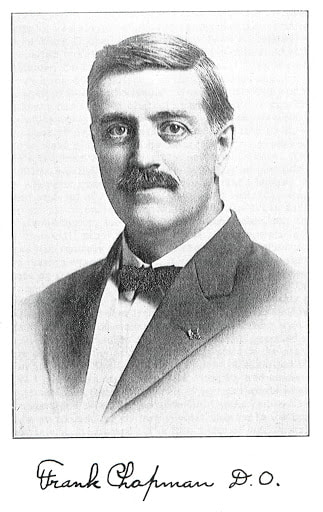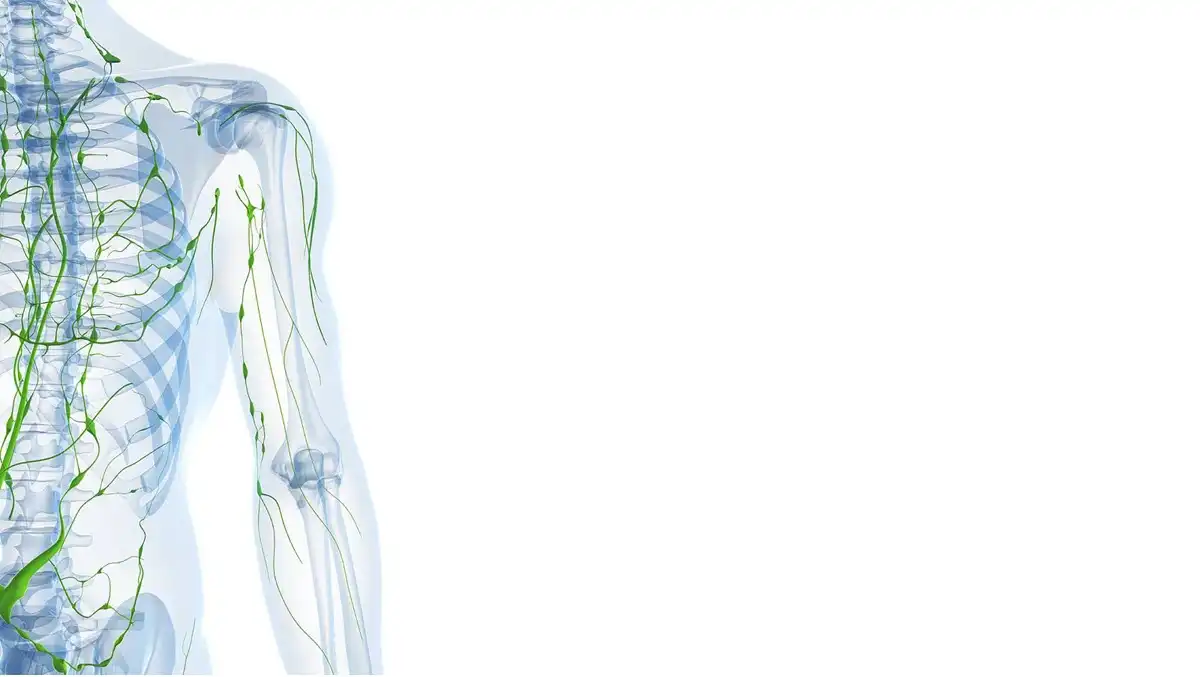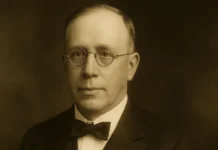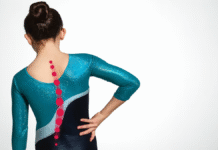Chapman’s neuro-lymphatic reflexes describe a series of points aimed at balancing the functioning of the body by stimulating lymphatic and endocrine flow through organs and glands. They are also used, to diagnose the relationship between a weak muscle and dysfunction with the corresponding organ or gland/tissue.
Chapman’s reflexes are named fafter Frank Chapman, DO, who graduated from the American School of Osteopathy in 1897. The osteopathic physician discovered and mapped the location of more than 200 separate and distinct reflexes, and their therapeutic value in the diagnosis and treatment of disease. He has recorded hundreds of case studies which have shown the effectiveness and proven many of his theories.

These reflexes are located in the lymphoid tissue of the fascia and manifest in the acute stage of pain or tenderness at the distal ends of the spinal nerves. This tenderness is due to a hypercongestion which vary in size depending on their location, and depending on the proportion of pathology present.
Dr. Chapman had worked alone with his ideas of lymphatic drainage for about twenty years calling these areas of hypercongestion, lymphatic centers. Each separate and distinct reflex has a definite and specific effect on the endocrine gland or viscus with which it is associated. When he found a given combination of painful areas, he always found a given pathological entity or organ pathology present, or vice versa with the manifestation of a certain pathological entity or pathology, there would always be a definite combination of sensitive areas.
Chapman did not write about his reflex system, but his brother-in-law, Charles Owens, and Chapman’s wife, Ada Hinckley Chapman, published the only authoritative text on this subject. Today, therapists tend to use these reflexes as a diagnostic indicator of which organ is most likely to be dysfunctional.
Chapman’s points are located deep in the skin and subcutaneous areolar tissue, mostly on the deep fascia or periosteum
Treatnent
How are Chapman’s reflexes treated? Treat these reflex points with firm pressure on the palmar-distal pulp of a finger. Assuming the pelvis has normalized first, apply somewhat heavy and even uncomfortable pressure to the gangliform mass. Slowly move the finger tear in a circular fashion and try to work (flatten) the lump as if to mobilize a localized buildup of fluid. Continue mobile pressure for 10 to 30 seconds. Stop treatment when the mass disappears.

















